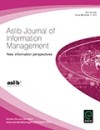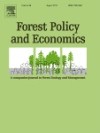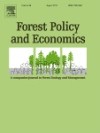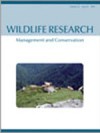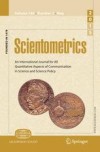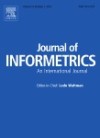Del Rio P. (2017) Why does the combination of the European Union Emissions Trading Scheme and a renewable energy target makes economic sense? Renewable and Sustainable Energy Reviews 74: 824-834

Abstract. The European Climate and Energy mix of targets and policies has been criticised by many economists. In particular, it is often argued that the renewable energy targets do not make economic sense, because they represent an expensive option to reduce CO2 emissions within a cap-and-trade scheme such as the European Union Emissions Trading Scheme (EU ETS).




